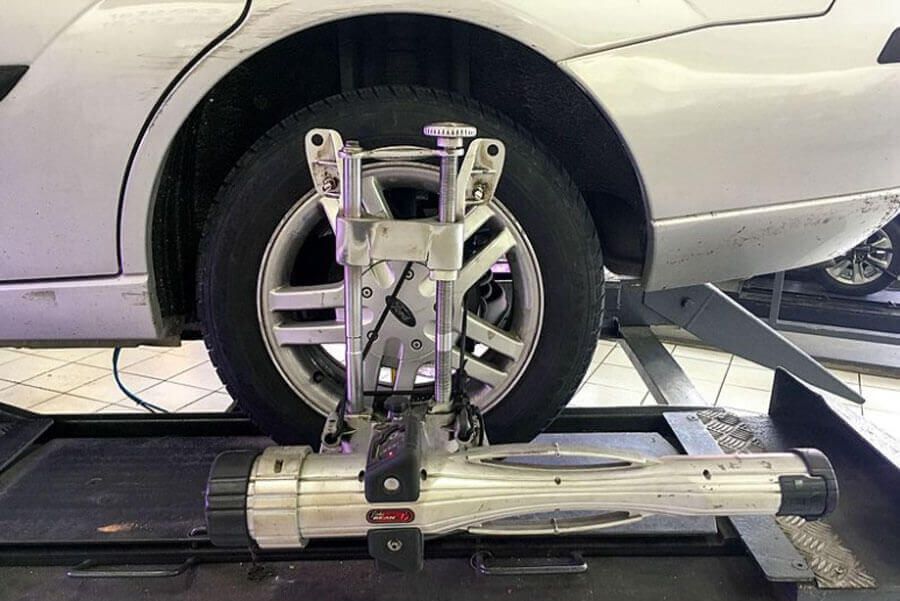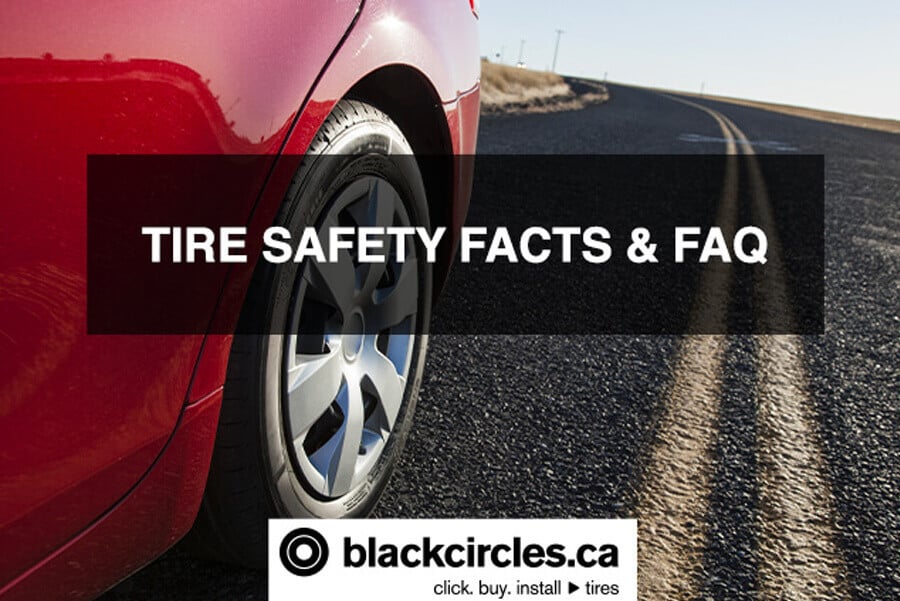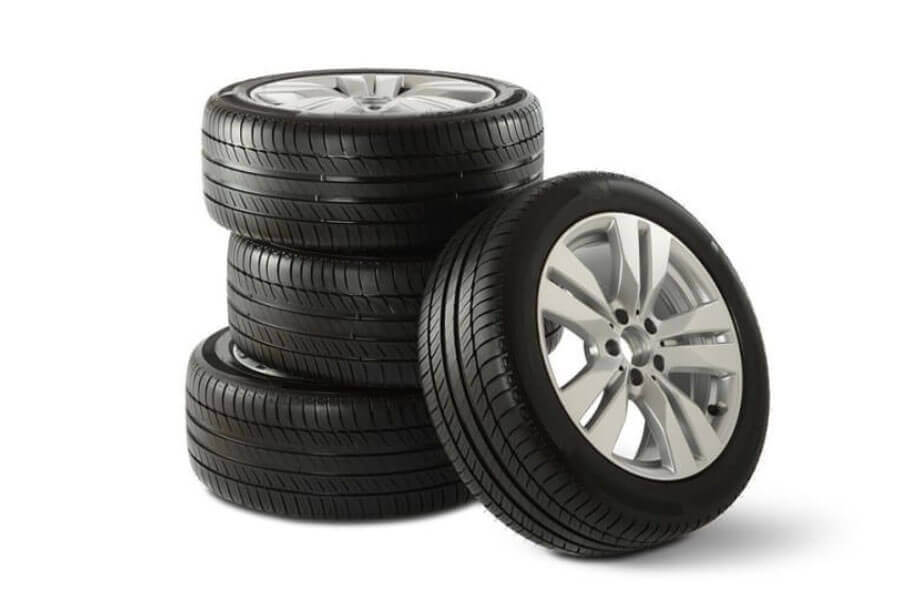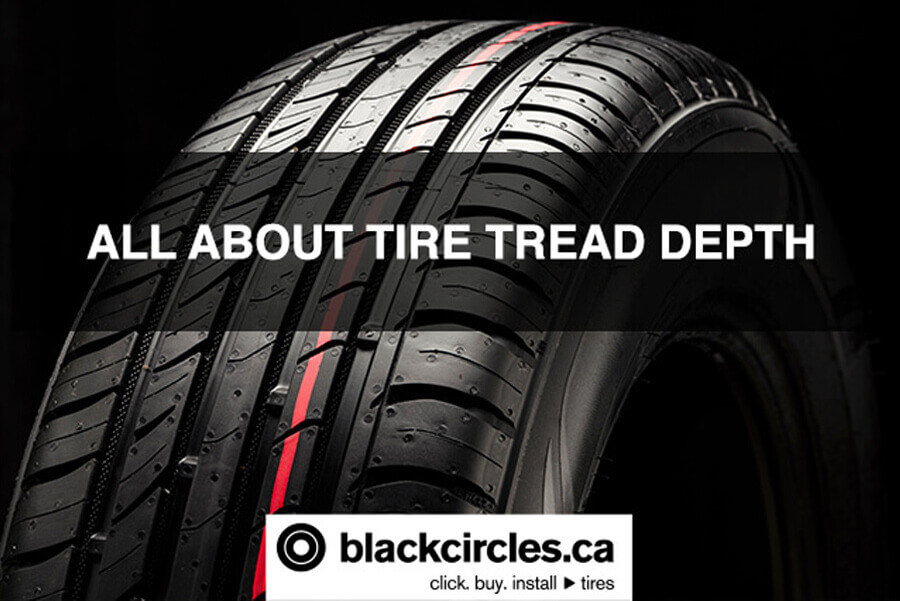Have you hit a curb with your vehicle? Do you feel vibrations in the steering wheel? Does your car “pull” to one side or the other when you are not holding the wheel? This could be a sign of a bad alignment of your vehicle’s wheels!
But what exactly is wheel alignment? What is its purpose? The experts at blackcircles tell you everything!
What is wheel alignment exactly?
Also referred to as breaking, or tracking, wheel alignment is a maintenance procedure that must be performed periodically and consists of adjusting the angles of the wheels so that they are all perfectly parallel to each other and 100% perpendicular to the ground.
It is recommended that you have your wheels aligned approximately every 20,000 kilometres, unless you notice any problems in the meantime. However, this maintenance is not carried out automatically by many garages, so you may have to ask for it.
However, there may be times when car tires need to be balanced sooner than every 20,000 kilometres, but it’s important to recognize the signs of an alignment problem.
Signs you need a wheel alignment
- Uneven wear
If you notice that your tires are wearing unevenly, it could be a misalignment, so it’s important to make an appointment with your mechanic as soon as possible.
Also, if you notice that your vehicle is suddenly using more fuel, it may also be a sign of misalignment.
- Your vehicle is “pulling” to the side
If your vehicle pulls to one side as soon as you let go of the steering wheel, a bad alignment of the wheels is probably the cause. Make an appointment soon to fix this issue!
- Pothole? Curb? Collision?
All of these events can affect the alignment of your vehicle; if you have the opportunity, proceed with an alignment in the fall (for example while having your winter tires installed) so that you can benefit from a perfect alignment before the arrival of the cold season.
Also, ask for an alignment again when you swap your tires for the summer, so that you can correct any small imperfections that may have occurred during the winter on your vehicle’s alignment.
- Vibrations
If you have trouble keeping your vehicle in the middle of the lane or when cornering, it may be a sign of poor alignment.
Another “symptom” of a bad alignment is that you will feel vibrations in the steering wheel. In the winter, this issue can stem from ice in the wheels, but it can also be a misalignment, so it’s a good idea to check quickly to avoid making the problem worse!
What can cause wheel misalignment
As mentioned earlier, an impact or accident can cause wheel misalignment, but other causes are possible. Normal wear and tear of the suspension springs, which loosen gradually, can also have an impact on the alignment.
Advantages of a good alignment
There are many benefits to keeping your vehicle’s wheels optimally aligned; here are a few.
- Prevent uneven wear
This applies not only to tires, but also to the various components of your vehicle. Hence, think of balancing your car’s wheels as an investment rather than an expense!
- Reduce rolling resistance on the road
Proper alignment will reduce the friction of your tires on the road, resulting in less resistance and extending the life of your tires
- Fuel economy
This point goes hand in hand with the previous one. Indeed, with less friction resulting in less rolling resistance, the fuel efficiency of your vehicle is increased.
- Safer drive
By avoiding that your vehicle lurches dangerously when you are not holding tightly to the steering wheel, you are ensuring a safer ride not only for you and your occupants, but also for other road users!
If you have any doubts about the alignment of your car or if you notice uneven wear on your tires or vibrations in the steering wheel, don’t hesitate to visit your garage as soon as possible to minimize possible damage to your vehicle!






